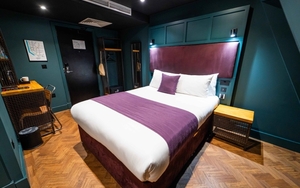Gathering of mummies set to become a world-class attraction
LIVERPOOL World Museum’s Ancient Egypt gallery, the largest and most significant in Britain, outside London, opens to the public today, hoping to attract visitors from across the globe.
The highly anticipated permanent show, first revealed by Liverpool Confidential in February, puts stunning ancient Egyptian and Nubian antiquities in the spotlight for the first time as visitors are taken on a journey spanning 5,000 years, from the time of the first settlers in the Nile Valley through to the impact of the Roman Empire.
At its centrepiece is its atmospheric, climate controlled Mummy Room, the final resting place for nine mummies. Four of these are on display for the first time since 1941 (a mere blip in mummy years), when 3,000 of the museum’s Egyptian artefacts were destroyed in the Blitz.

On show are the preserved remains of a female temple musician called Ankh-es-en-aset, a teenage woman whose name remains unknown, a priest from Abydos, called Hor-wen-nefer, and a woman called Ta-enty who was buried in her bedsheets (swivel on that Tracey Emin).
At 1,000 square metres, it is the UK’s largest ancient Egypt gallery outside of the British Museum which also wins the mummies in terms of numbers.
Also on display for the first time is Djed-hor’s Book of the Dead, along with more than 1,000 other artefacts forming one of Britain’s most significant collections of ancient Egyptian and Nubian antiquities.
These include a recently identified statue part of Nefertiti and two mummy masks, including one with a magnificent representation of the vulture goddess Nekhbet, her wings outstretched and patterned.
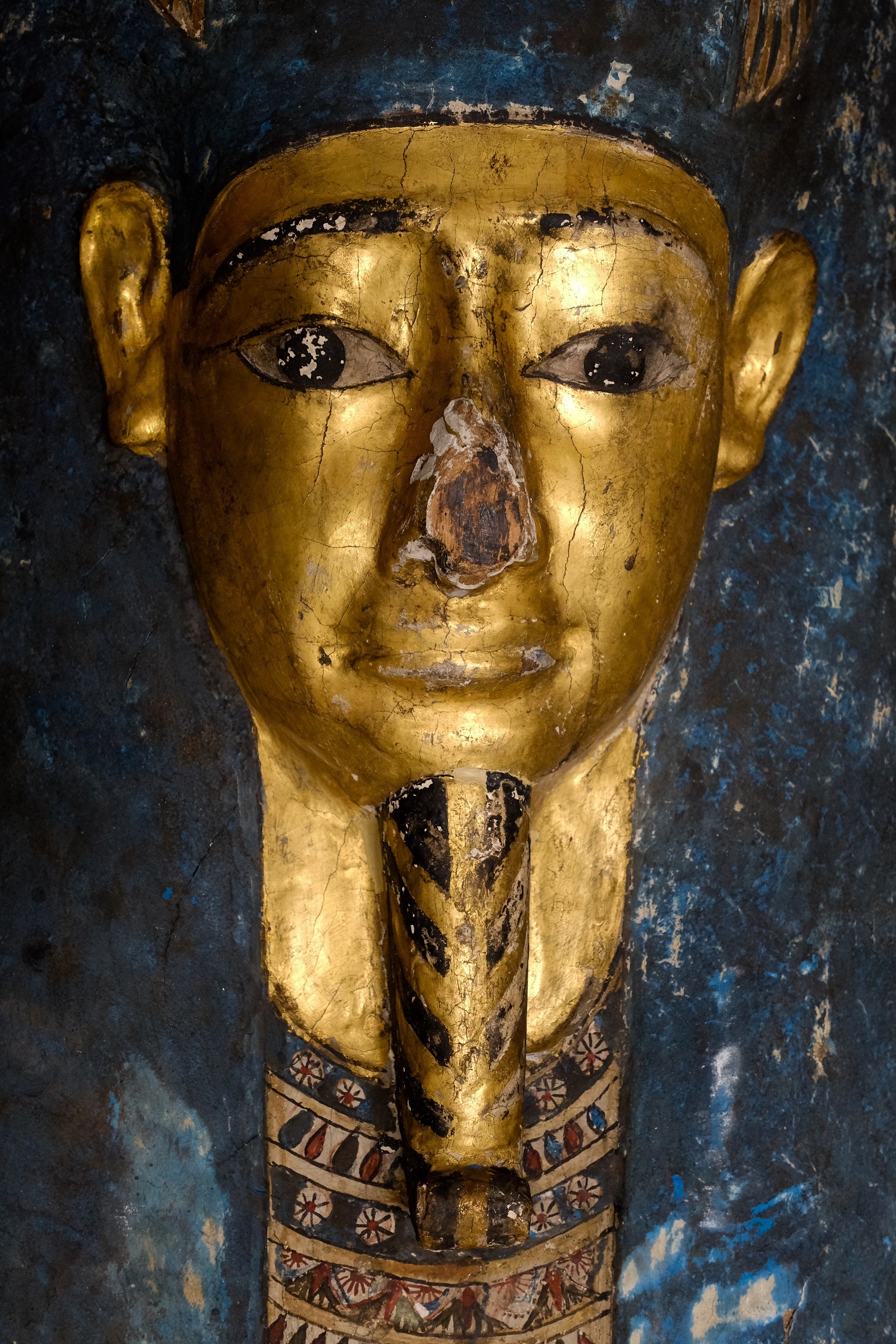
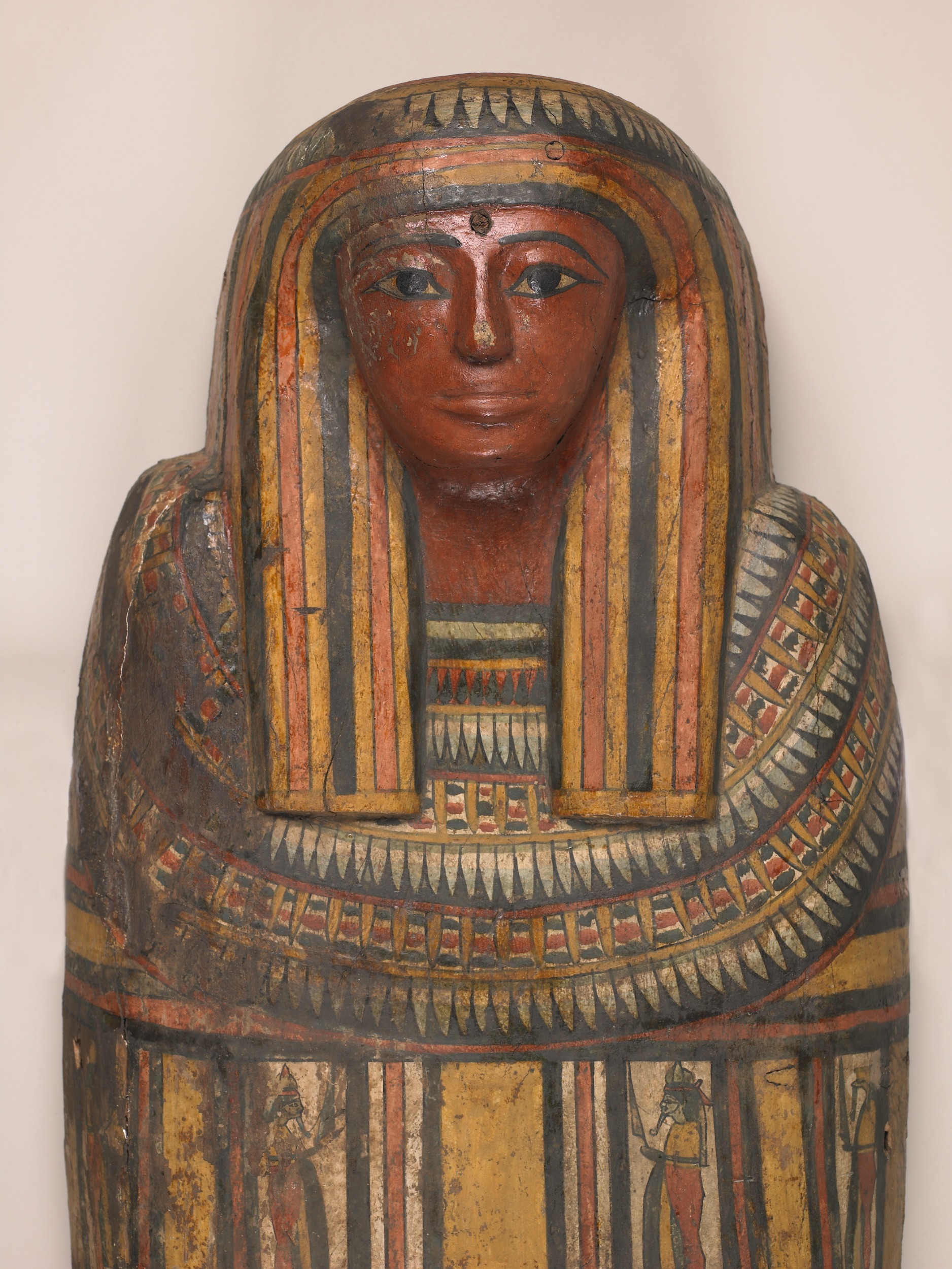
A brightly painted coffin belonging to a man named Haty, from 8th century BC Thebes, is also being displayed. It came from the collection of Sir Robert Mond, an industrial chemist from Wigan whose chief hobby was, you guessed it, Egyptian archaeology.
Another new exhibit is a reassembled Predynastic burial from around 3200 BC. This was discovered in desert sand in 1906 by John Garstang of the University of Liverpool.
Other objects on display for the first time since the Blitz include several sets of remains and artefacts from the royal city of Meroe in northern Sudan. In 2010, these were borrowed by the Louvre in Paris for an exhibition about ancient Egypt’s southern neighbours, the Kushites.
There is also an additional mummy in the main gallery. This is the mummy of Nesmin, who served as a priest in the temple of the male fertility god Min 2,300 years ago. Recent CT scans revealed Nesmin died from a fall. The mummy and coffins were previously owned by Sir Rider Haggard, author of the famous story King Solomon’s Mines and She.

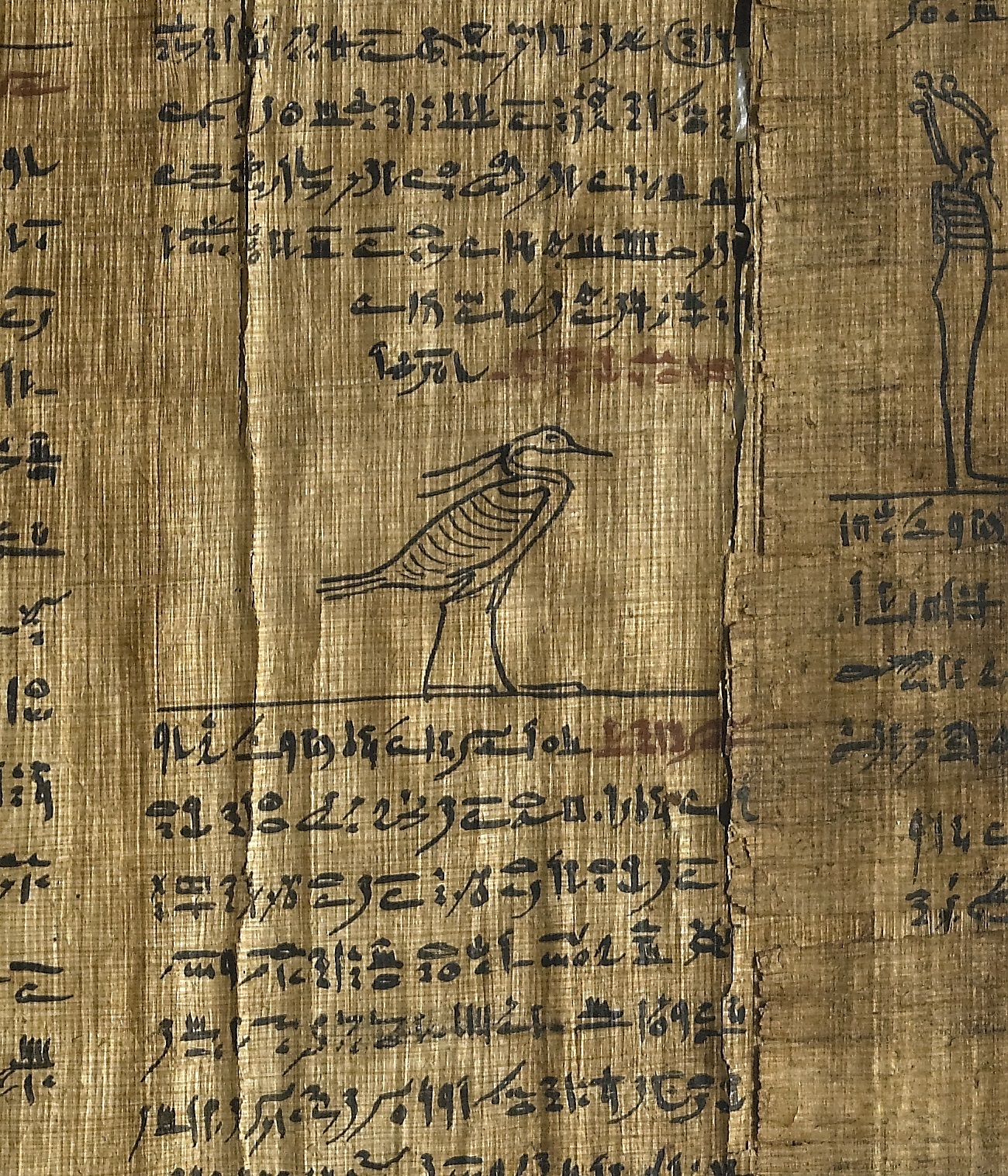

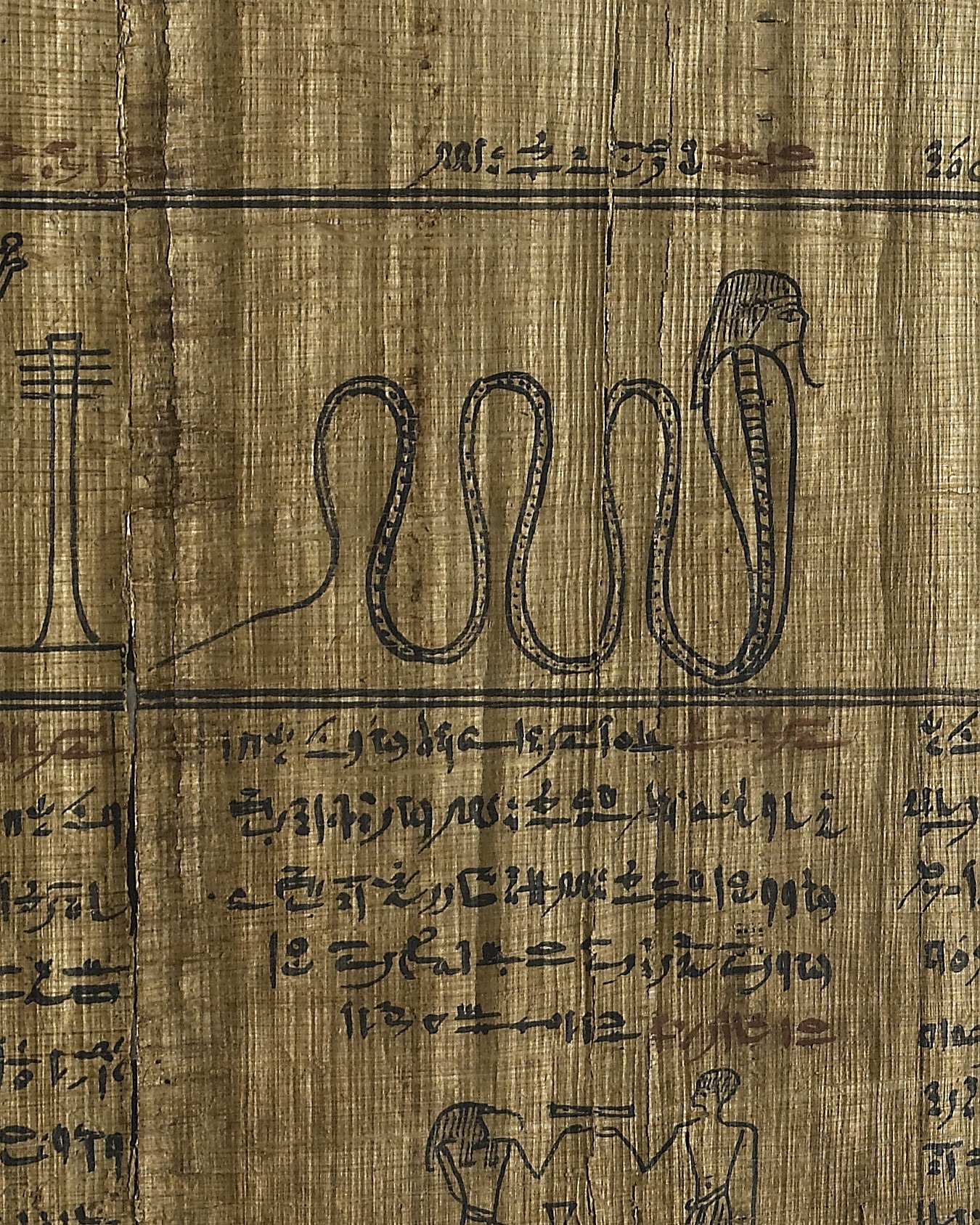
In Victorian times Liverpool’s Egyptian collection was the largest after the British Museum and was displayed in the main hall of the Museum. In the May Blitz of 1941, more than 3,000 Egyptian objects were destroyed when the Museum was hit by an incendiary bomb. The collection increased in size over the following 40 years, with 10,000 new acquisitions. The dedicated gallery that opened in 1976 was modest, with just two mummies on display, and improvements to the gallery in 2008 allowed a further three mummies to be brought out of storage.
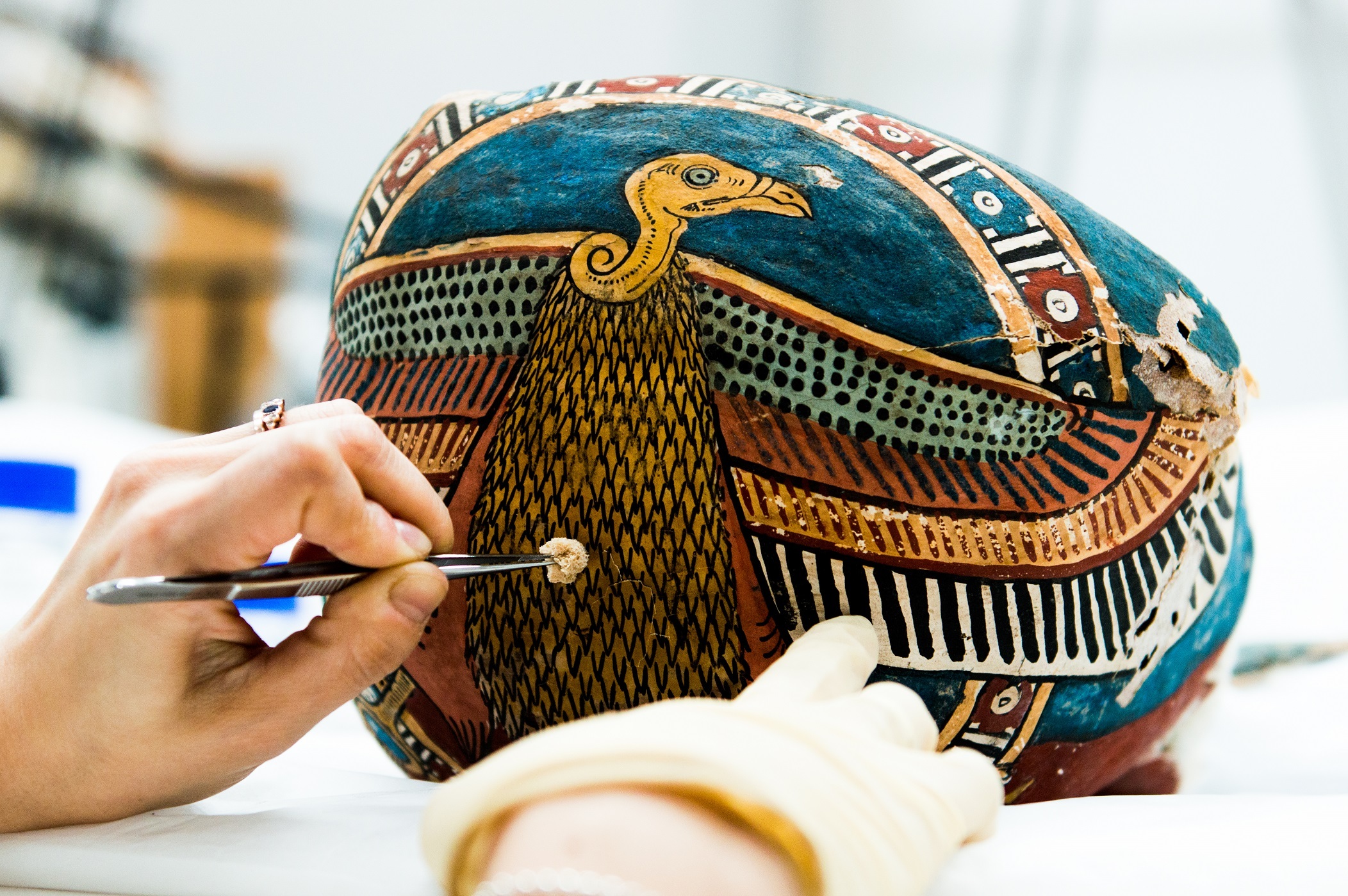
The Ancient Egypt gallery has been funded through the generous support of DCMS/ Wolfson Museums & Galleries Improvement Fund, the Garfield Weston Foundation, The Headley Trust and the Molly Tomlinson Bequests. The exhibition has been made possible as a result of the Government Indemnity Scheme, arranged by the Department for Culture, Media and Sport and Arts Council England.
Steve Judd, director of the World Museum, said: “Our mummy collection is world-renowned but until now space restrictions have limited us from showing the full scope of our collections.
“We are confident the new gallery will attract visitors not just from the Liverpool, but also from across Britain and beyond. It is a remarkable collection, being shown for the first time in a stunning large gallery.”
The World Museum is on William Brown Street, central Liverpool. Admission to the gallery is free.
















